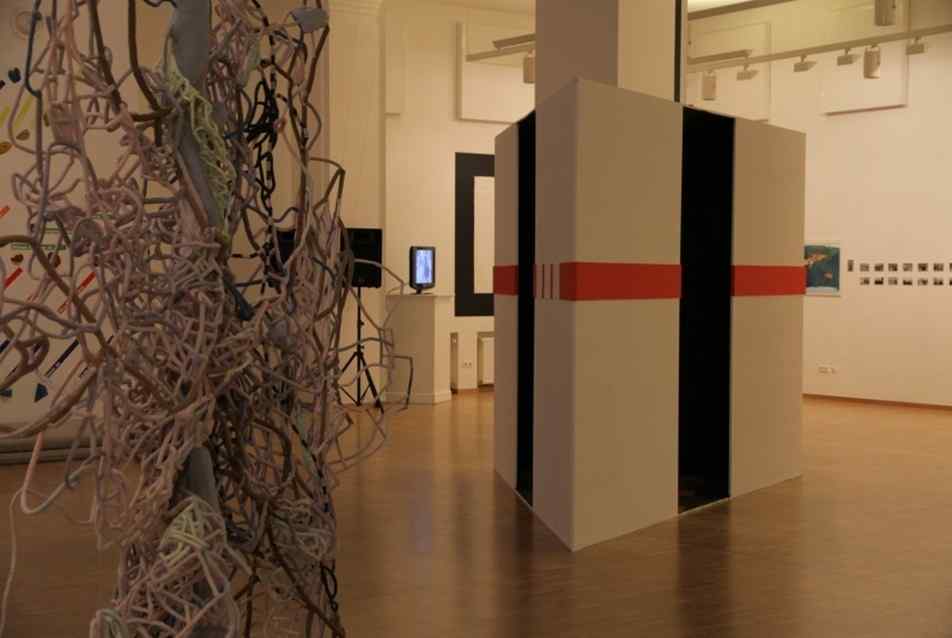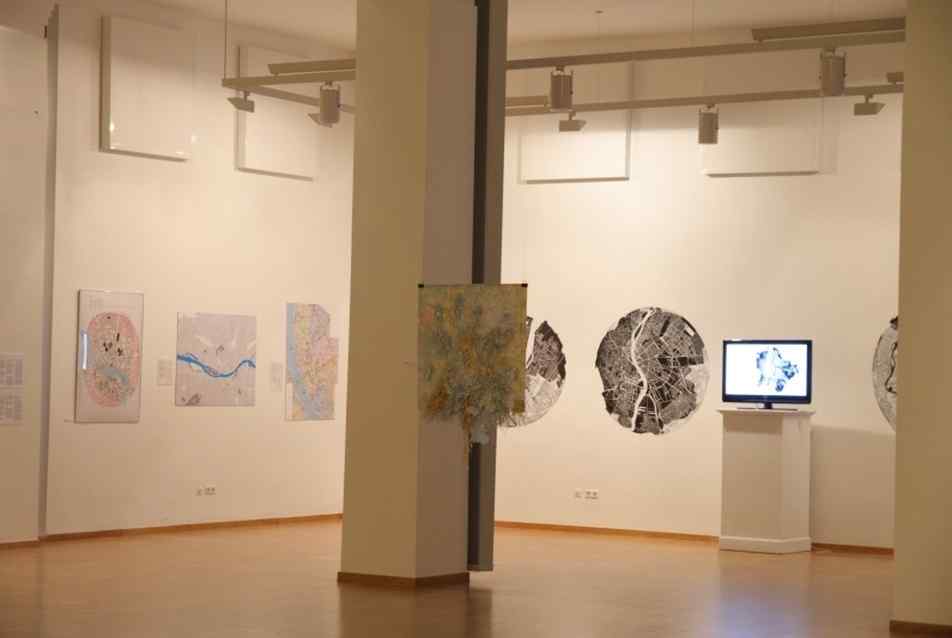Subjective Budapest Maps
Exhibition of the Winning Entries



BARCSAY Gergely – BEREI Zoltán, BARANYAI Levente, BART Dániel – LISZKA Tamás, BUJDOSÓ Attila – FELES Dániel – GERGELY Krisztián – HAJDU Gáspár (Kitchen Budapest), DANI Boglárka, FISLI Éva – RÓBERT Júlia – VARGA Piroska, GÖBÖLYÖS Luca, JEROVETZ György – SCHMAL Róza, KERESZTES Zsófia, KESZEGH Balázs – SZÉKELY Júlia, LÉVAI István, MATYUS Dóra, NAGY Kristóf, NAVRATIL Judit, SZIGETHY Anna, TILLMANN Adél Hanna, WOLSKY András
Támogatók / Sponsors: Microsoft Magyarország, Nav N Go, NKA, ESRI Magyarország Kft, Juglans Alba Mérnöki Iroda
The last two decades have brought wide-ranging changes in the life of Budapest: in the wake of the social and economic transformation that was brought about by the transition to democracy, urban and social space has been restructured. During the transition, the emergence of the private sector and the infusion of foreign capital radically altered the city. All these affected Budapest's development, in all aspects of the changes. Throughout the period, artists have reacted to these processes with acute sensitivity.
Organized by OSA Archives, the exhibition entitled Subjective Budapest Map was built on two tracks. Out of the forty-two works submitted to the competition, which was announced in the Spring of 2010, twelve were admitted to the second round by a panel of expert judges. To reinforce the concept, the organizers added some further, earlier-made works to the selection: based on, or related to, maps or urban networks, these, too, recorded the artists’ reactions to the changes of the past two decades. Many of the works have raised problems of great social sensitivity: an experiment in data visualization regarding the political map of post-socialist monuments; an audio map for blind and visually impaired people; the city seen through the eyes of drug dealers; and the visualization of temporary spaces. The competition organizers primarily hoped to receive works addressing the functions of the city, the urban spaces, the everyday life of the inhabitants, their memories, the dynamism of the transformation, the changes, and the hidden interconnections.
Concerning the exhibited works, the maps merely provide a framework for the artists to explore the boundaries of knowledge and reality, as opposed to creating compositions in the historically two-dimensional genre of maps. Budapest is more than just an urban architecture consisting of nothing but buildings, streets, squares, and public works; it is also a network representing the memories, emotions and personal connections of a lost or disappearing age. Whether it is the itinerary of an emotional journey, or a painting overlaid on an overhead perspective of a satellite photograph, or pure geometry recording the chance movements of a day and its action documentary that emerge from these subjective viewpoints, the interesting aspect common to all the work is the texture of invisible processes, which forms the personal dimension of politics and history in urban representation, in a hidden structure that would otherwise remain inaccessible.